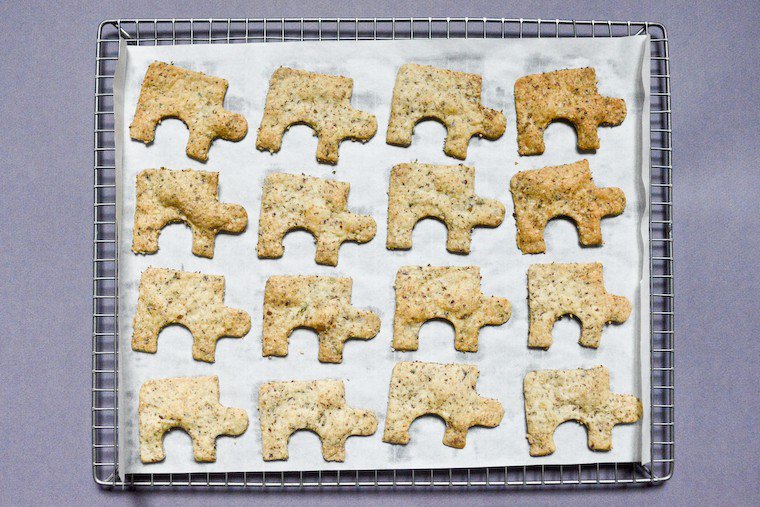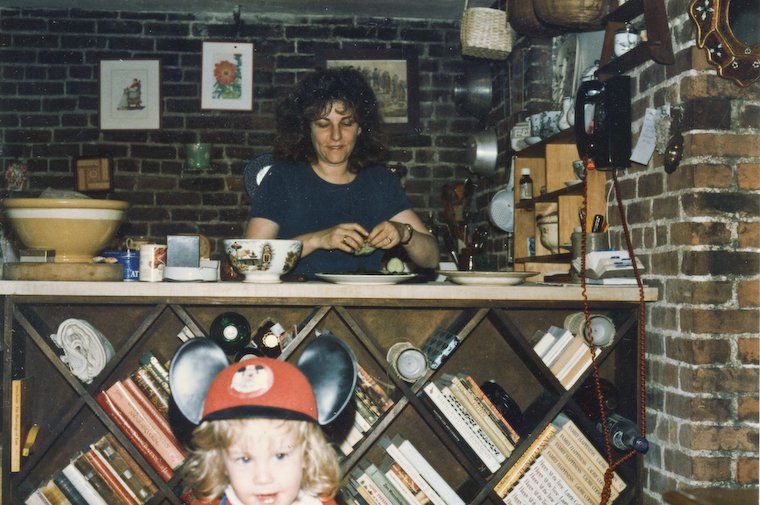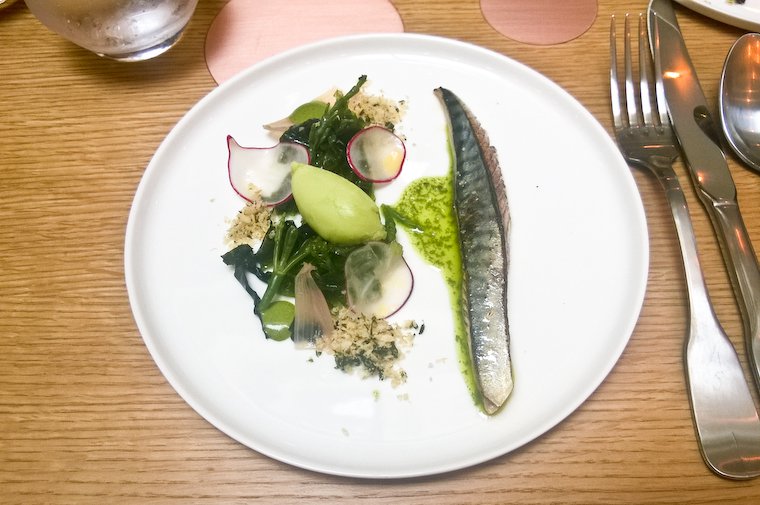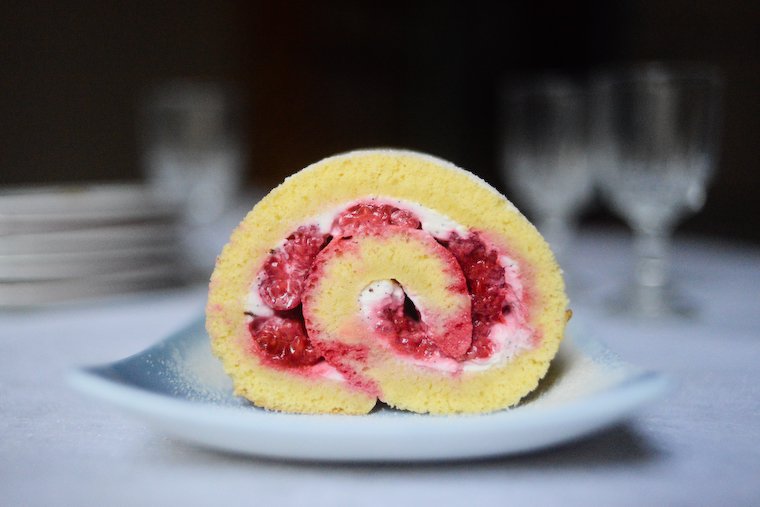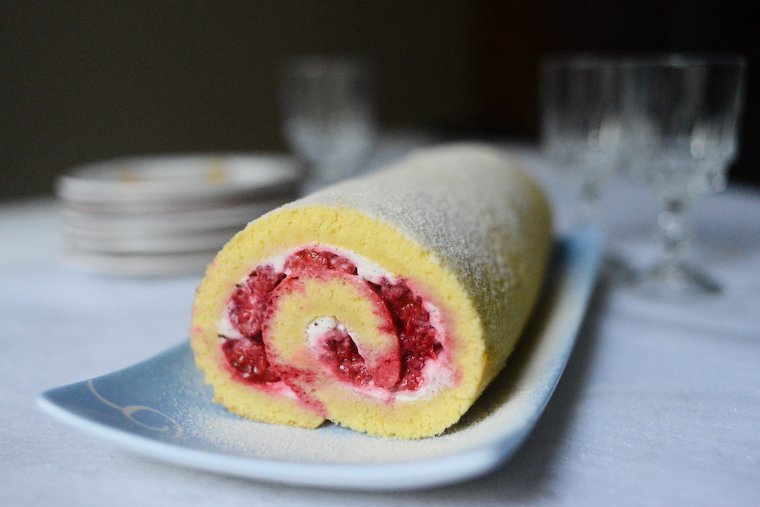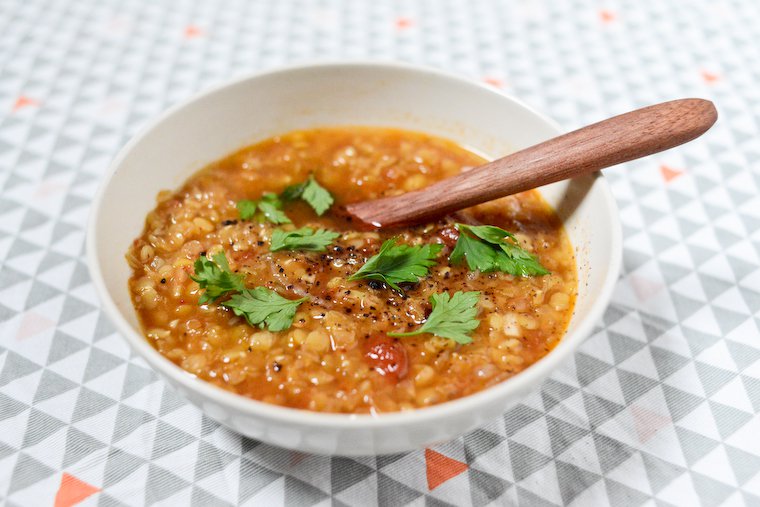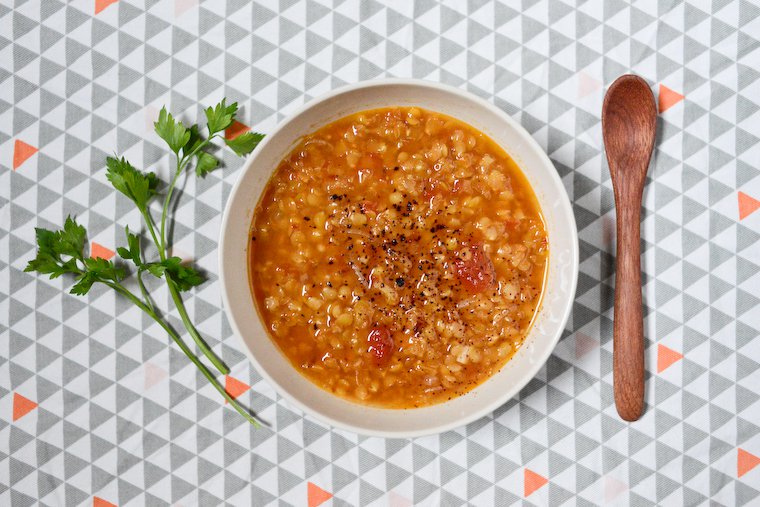The story of these crackers started quite serendipitously.
I had prepared my trusty olive oil tart crust to make one of my favorite dishes ever, the onion and cumin quiche featured in my first book. I was left with some scraps, which I usually bake in whatever shape they happen to come out in, to nibble on at a later date. But this time I decided to go one step further and stamp out crackers using an actual cookie cutter, and the first one I grabbed when I reached into my cavernous miscellany cabinet was a puzzle shape I’ve owned for years and years.
These crackers are thin and delightfully crisp, with air pockets that form randomly and add to the thrill of them.
I had enough leftover dough to make, oh, about three, but they were such a hit with my two-and-a-half-year-old (crackers! puzzle-shaped! what’s not to like?) that I soon whipped up another batch of the dough just for this purpose. The crackers have been on heavy rotation at my house since then, pleasing toddlers and adults alike.
Over time I have fiddled with the recipe to boost the flavor (and nutrition), eventually settling on this favorite version, which includes mixed seeds (sesame, chia, and flax) and dried seaweed flakes (all of these are easily found at natural food stores).
These crackers are thin and delightfully crisp, with air pockets that form randomly and add to the thrill of them. We tend to snack on them as is, either to hold us over till the next meal or to accompany a pre-dinner drink, but naturally they’d do just as well with the dip or spread of your choice, such as these colorful and veg-heavy beet hummus or peacamole.
PS: Add more fuel to your cracker fire with these Zaatar pita chips, Cheese thins, and Chestnut and herb canistrelli.



